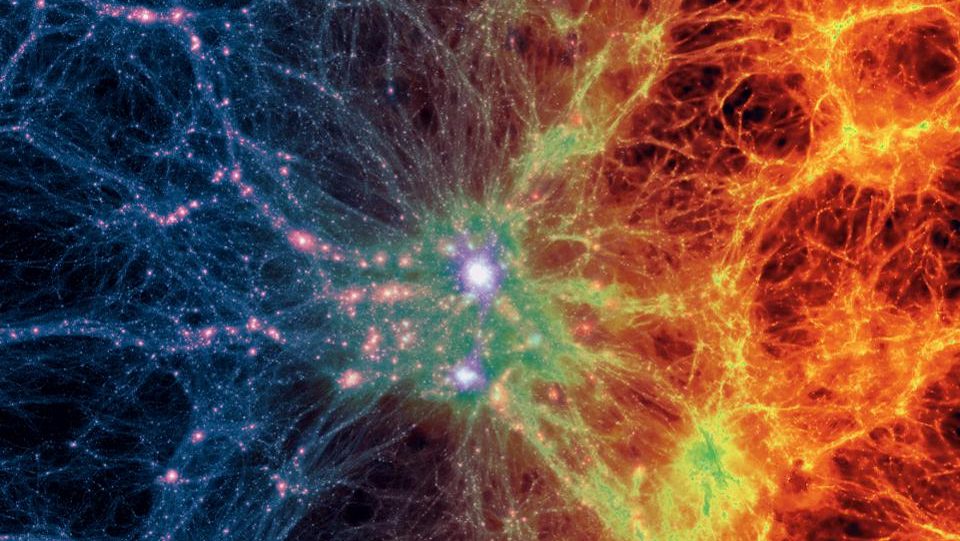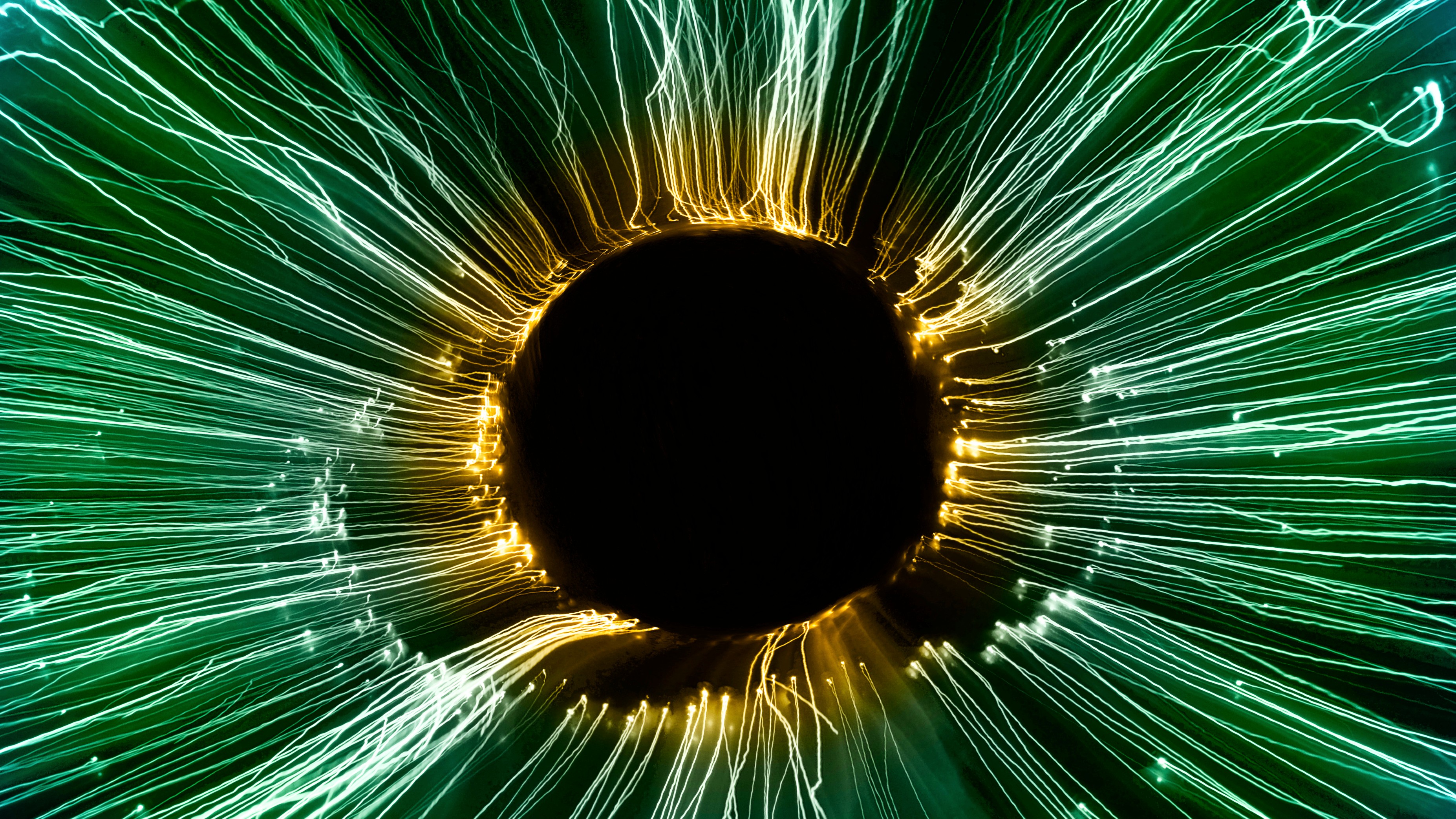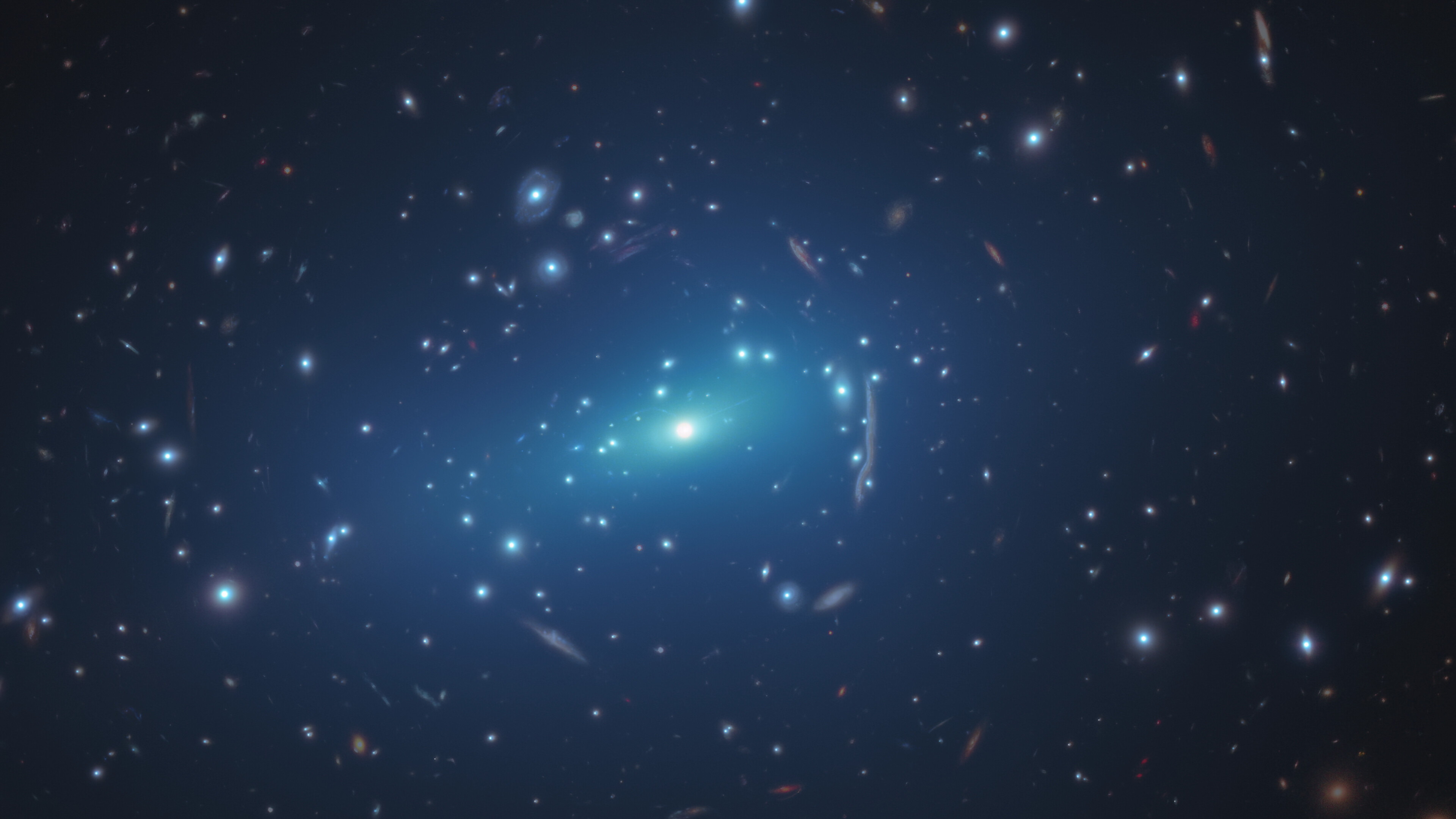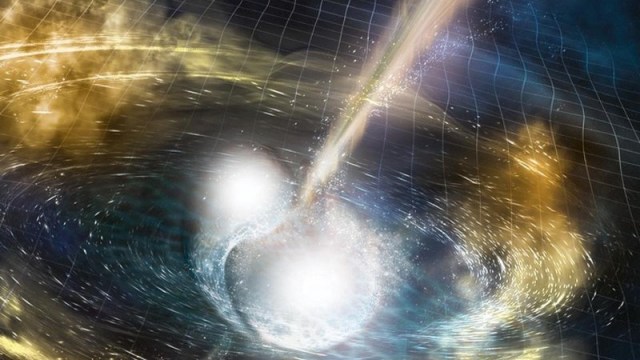Dark matter killed the dinosaurs, says a noted cosmologist
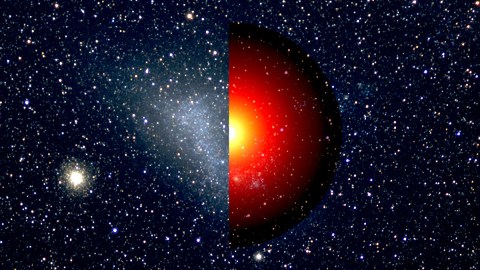
What killed the dinosaurs is a classic science mystery whose prevailing current solution is that a giant asteroid crashed in the Yucatan Peninsula in Mexico about 66 million years ago. It caused all manner of calamities, from tsunamis and volcanic eruptions to blocking out the sky with debris for a few years, bringing about a cold darkness on Earth that proved to be the demise of the dinosaurs.
Physicist Lisa Randall, who teaches at Harvard University, doesn’t necessarily dispute this turn of events. But she thinks the celestial object that did the dinosaurs in was possibly sent on its way by dark matter – an enigmatic and theoretical material that scientists theorize makes up about 27% of the known universe. Randall’s book “Dark Matter and the Dinosaurs: The Astounding Interconnectedness of the Universe” lays out her case.
What Randall proposes is that a part of dark matter (perhaps 5%) can experience a force similar to electromagnetism, which she calls “dark light”. By interacting with dark light, this portion of dark matter could have formed an invisible disk that overlapped with the visible disk of spiral arms in the Milky Way galaxy. And what’s more – this dark disk , which is thin and extremely dense, interfered with the orbit of a comet on the outer reaches of our solar system, in an area known as the Oort Cloud. This resulted in the comet ultimately colliding with Earth, bringing to extinction to its dinosaurs.
Other scientists have generally reacted to this hypothesis with curiosity, especially considering Randall’s track record in the field, saying the idea may be credible but lacks supporting evidence. Randall thinks that we could eventually locate such a disk and that the catapulting of the comets happens with some regularity so we might be in for it once again at some point.
You can read Lisa Randall and Matthew Reece’s study on the subject of dark matter triggering comet impacts here, in Physical Review Letters.
For more, check out Lisa Randall’s talk upon the release of her book on dark matter and dinosaurs:
Cover Photo:
PER NASA: The Small Magellanic Cloud (SMC), at center, is the second-largest satellite galaxy orbiting our own. This image superimposes a photograph of the SMC with one half of a model of its dark matter (right of center). Lighter colors indicate greater density and show a strong concentration toward the galaxy’s center. Ninety-five percent of the dark matter is contained within a circle tracing the outer edge of the model shown. In six years of data, Fermi finds no indication of gamma rays from the SMC’s dark matter. Credits: Dark matter, R. Caputo et al. 2016; background, Axel Mellinger, Central Michigan University
